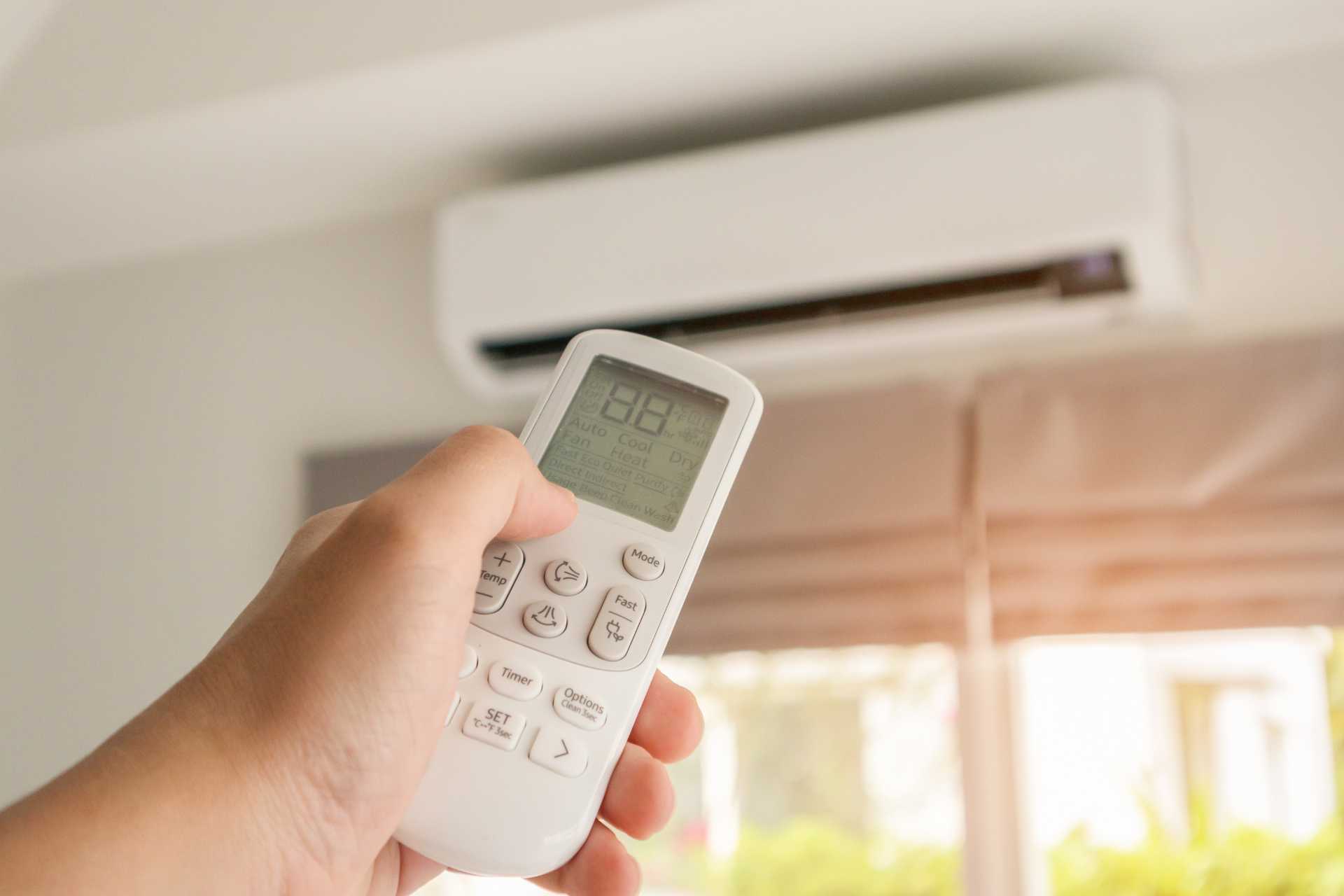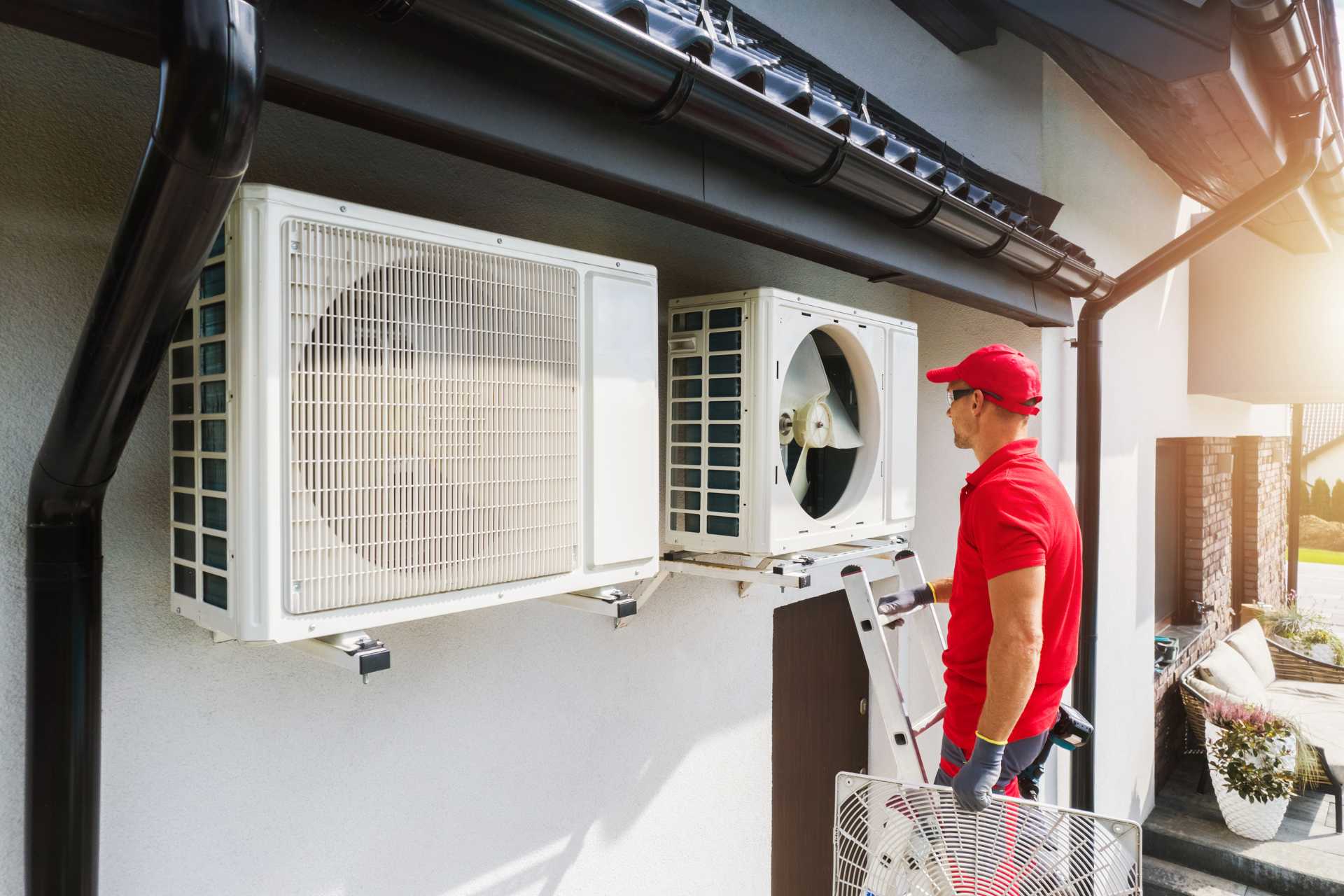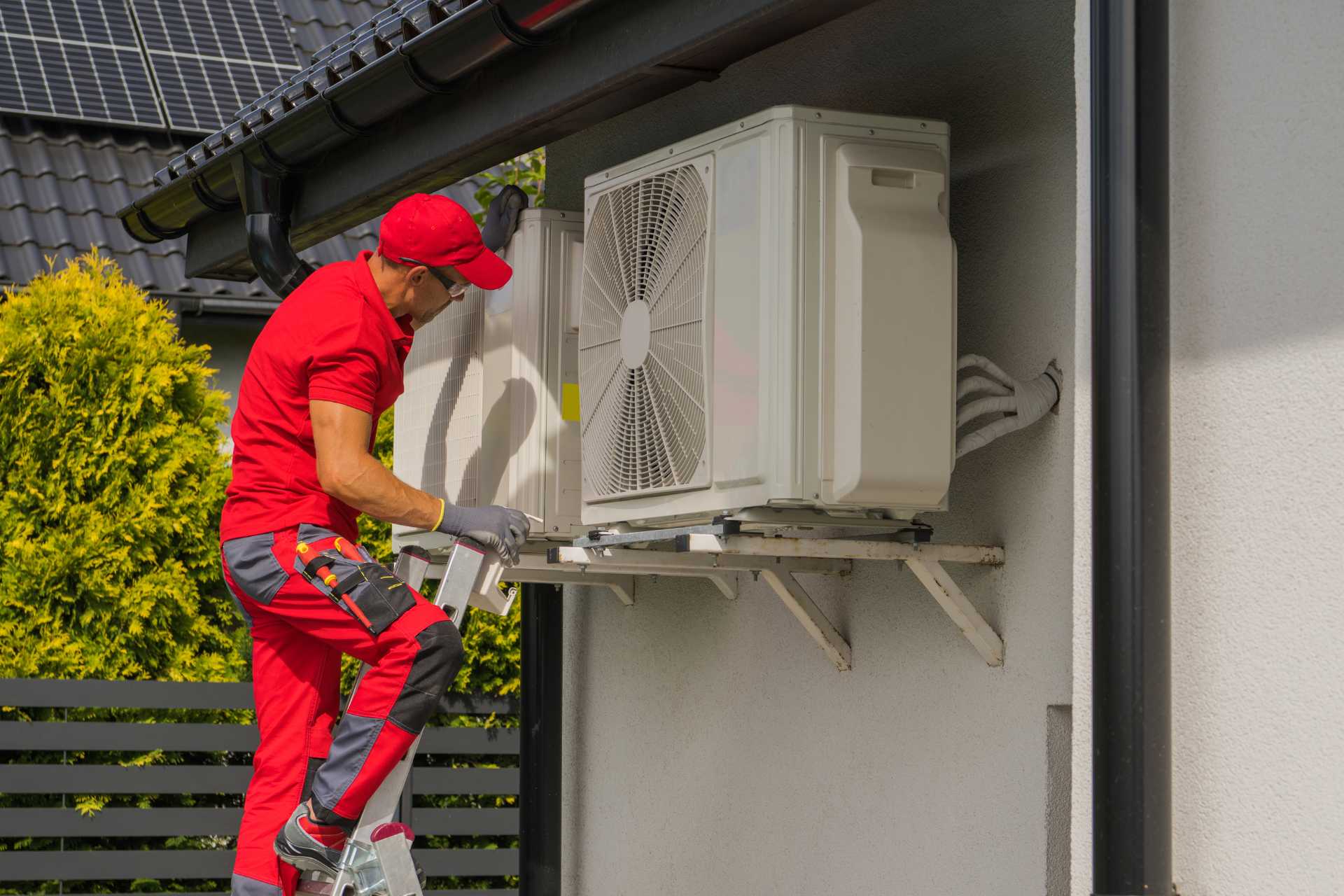Stop Drafts, Save Energy: How Windows and Doors Affect Your HVAC’s Performance

It’s a frigid January night, and the furnace is running, but you still need a blanket on the couch. Fast forward to a humid August afternoon, and the air conditioner is humming constantly, yet the house never feels truly cool. If this sounds familiar, your first instinct might be to call an HVAC company, assuming your equipment is failing. The reality is that your HVAC system is likely just an exhausted soldier fighting a losing battle against an invisible enemy: drafts and heat transfer. The biggest sources of this energy loss are often the weakest points in your home’s “building envelope”—its old, inefficient windows and doors. This guide will reveal how these leaky components force your HVAC system into a state of constant overwork and how modern replacements can finally give it the break it deserves.
The Great Escape: How Your Home Bleeds Heat in Winter
During our cold winters, a home loses heat in two primary ways. Both are made worse by outdated windows and doors. The first is air leakage, which creates the drafts you can feel. Warped frames, worn-out weatherstripping, and failed seals create many small gaps. A natural process called the “stack effect” pulls cold air in through lower gaps. At the same time, warm indoor air is pushed out through upper leaks. This creates a constant, chilly airflow that your furnace must continuously fight.
The second enemy is conduction. This is the heat you lose directly through the glass. Older windows are very poor insulators. They act as thermal bridges, allowing furnace-generated warmth to transfer directly outdoors. This is why a window can feel icy and radiate a palpable cold into a room, even when sealed. This constant heat loss forces your furnace into a state of perpetual overwork. This leads to high energy bills and puts immense strain on its components, causing more frequent repairs.
The Summer Siege: Fighting Heat, Humidity, and High Bills
The same weaknesses that let heat escape in winter also let unwanted heat inside during summer. This overloads your air conditioner. The first front in this battle is solar gain. Older windows with clear glass do little to block the sun’s powerful infrared heat. This heat passes directly through the glass. It is then absorbed by your floors and furniture, turning sunny rooms into virtual greenhouses. This forces your air conditioner to run non-stop, just to combat the constant radiant heat.
The second front is air infiltration. The same cracks that let in cold winter air now allow hot, humid summer air to seep into your cooled home. This means your air conditioner has to work double-time. It must first use energy to cool the air. Then, it must use even more energy to remove the excess moisture. This dual assault puts the most strain on the A/C’s compressor—its most expensive component. This leads to soaring electricity bills and a dramatically increased risk of premature system failure.
Sealing the Deal: The Science of an Airtight Window
The solution to this year-round energy battle lies in the advanced technology of modern, energy-efficient windows. A high-performance window is a multi-layered defence system. It begins with double- or even triple-pane glass, which creates sealed chambers filled with an inert gas like argon. This gas is much denser than air and acts as an insulating blanket, drastically reducing the transfer of heat through conduction. These units also feature invisible Low-E (Low-Emissivity) coatings, which are microscopically thin metallic layers that act as smart filters. In the winter, they reflect furnace heat back into the house, and in the summer, they reflect the sun’s heat back outside, tackling both insulation problems at once.
The frame and seals are just as critical as the glass itself. Modern frames made from uPVC or fibreglass are designed with multiple air chambers for superior insulation and will not warp, rot, or corrode like older wood or metal frames. They are paired with advanced compression seals and multi-layered weatherstripping that create a virtually airtight unit when closed. This combination of advanced glass technology and superior frame engineering creates a window that is designed to stop both drafts and heat transfer in their tracks, providing a permanent solution to the weaknesses of older designs.
The Fortified Entryway: Engineering a Modern Door
A home’s exterior doors are often huge, uninsulated holes in its thermal defence. An old, solid wood door can warp with temperature swings, breaking its seal, while a basic steel door can conduct cold directly inside. Modern doors, however, are engineered as complete, high-performance systems. The most significant upgrade is the core. Modern steel and fibreglass doors are filled with a high-density polyurethane foam, which provides an R-value (a measure of insulation) that can be five to six times higher than that of a solid wood door. This turns the door itself into an effective insulated panel.
This insulated core is part of a complete sealing system. These doors feature magnetic weatherstripping, similar to that on a refrigerator door, which creates a perfect seal against drafts. They also include a thermally broken threshold and an adjustable door sweep at the bottom. The thermal break is a piece of non-conductive material that separates the interior and exterior metal of the sill, stopping cold from being conducted through the floor. These types of energy-saving upgrades work together to create a truly airtight and well-insulated entryway, eliminating one of the largest sources of energy loss in a home.
The Payoff: Comfort, Savings, and a Longer HVAC Lifespan
When you invest in sealing your home’s envelope with high-performance windows and doors, the rewards are both immediate and long-lasting. The most noticeable benefit is a dramatic improvement in your home’s comfort. By eliminating drafts and the radiant cold from old glass, the entire home maintains a more stable and consistent temperature. There are no more chilly zones near windows or stuffy, overheated rooms in the summer. This creates a predictable and enjoyable living environment in every season, and a quieter home as the same features that block air also block sound.
The financial return on this investment starts from day one. When your HVAC system is no longer constantly fighting air leaks and heat transfer, it runs less often and more efficiently. This translates directly into lower monthly heating and cooling bills, and this will definitely lower your energy bills. Most importantly, the reduced workload prevents the excessive wear and tear that leads to premature equipment failure. This can add years to the lifespan of your furnace and air conditioner, saving you thousands of dollars in the long run by delaying a major replacement.
Give Your HVAC System a Well-Deserved Break
Your home’s windows and doors are either your HVAC system’s best teammates or its worst enemies. Old, leaky units force it into a costly, inefficient battle it can never win, leaving you with high bills and inconsistent comfort. Upgrading to energy-efficient windows and doors is not just a cosmetic improvement; it is one of the single most effective investments a homeowner can make in their property’s performance and long-term financial health. By sealing the leaks in your home’s envelope, you can finally give your HVAC system the break it deserves and enjoy the comfort and savings you deserve in return.


